
Art
New exhibition at Tate Liverpool transforms everyday materials into art
2 years ago
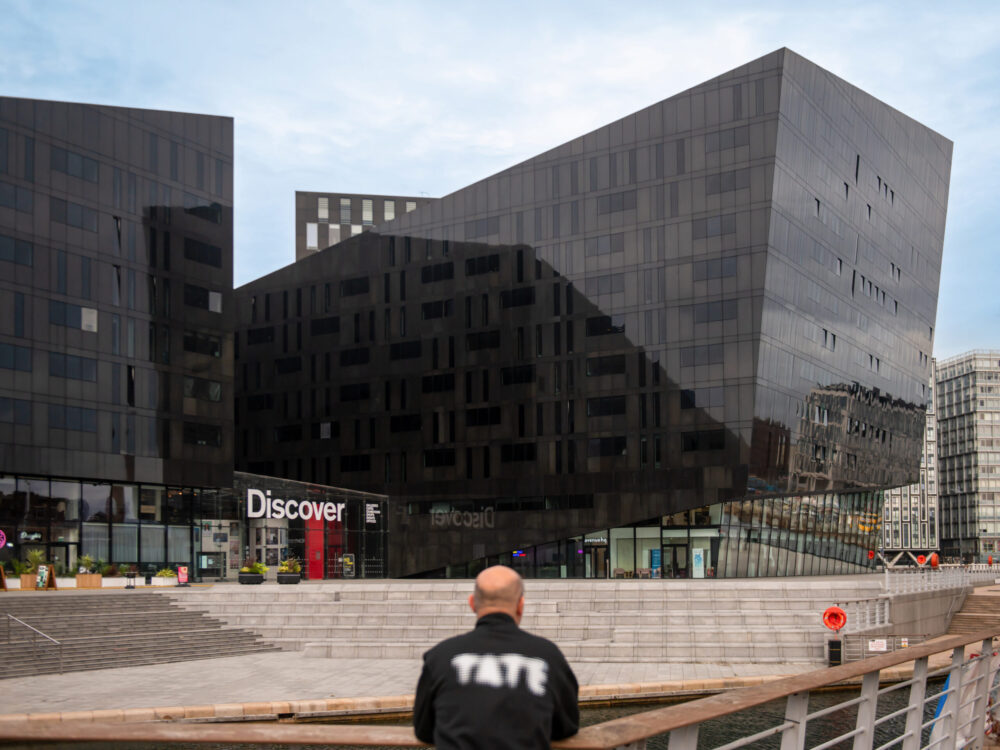
Tate Liverpool is set unveil Brickworks, a captivating display showcasing works from the Tate collection at the brand-new gallery space at RIBA North.
Running from 31 July 2024 – 12 January 2025, Brickworks promises to redefine perceptions of everyday materials through the lens of art.
More than just a collection of bricks, this exhibition celebrates the transformative power of everyday objects when placed in the hands of talented artists.
Through sculpture, photography, and works on paper, Brickworks explores the diverse ways in which this humble material has been utilised to convey themes ranging from poetry and protest to land rights and the built environment.
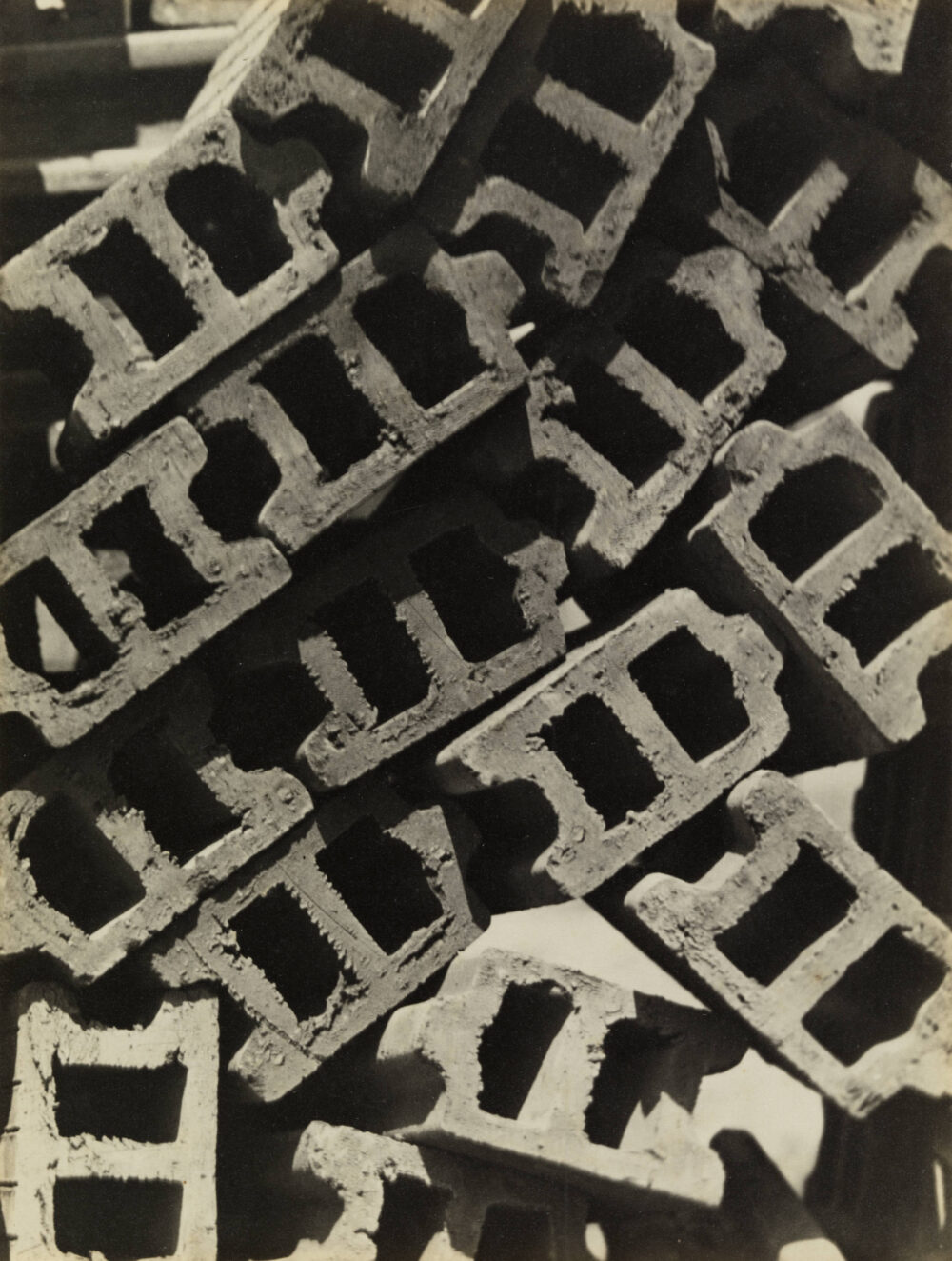
Tamar Hemmes, Curator, Tate Liverpool, said:
“We’re pleased to bring art from the Tate collection to our new gallery space at RIBA North for the first time. While we are in the process of transforming our home on Albert Dock, now felt like an appropriate time to reflect on works inspired by the humble brick. The display highlights how this simple, everyday material can be used by artists as inspiration for difference, unity, strength and the underappreciated.”
Drawing on Tate’s collection, there will be 21 artworks in Brickworks including, Kader Attia’s “Untitled” (Concrete Blocks) 2008, Philip Guston’s The Street 1970, Tamas St Auby’s Czechoslovak Radio 1968 1969, 2008 and sketchbooks by Donald Rodney from 1982–98.
These will be shown alongside Sarah Lucas’ NUD CYCLADIC 6 2010 – one of her signature biomorphic forms that juxtaposes stoic, uniform, and static industrial breeze blocks with contrasting ambiguous and fleshy forms. Bringing the traditional rural craft of drystone walling into the gallery, Jannis Kounellis’ Untitled 1969 suggests a closed doorway that denies access to something unknown.
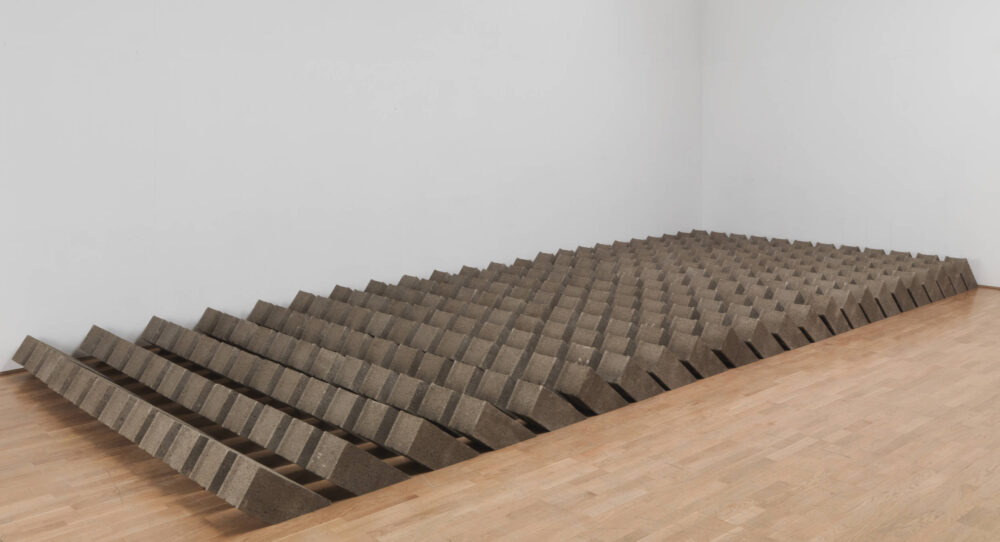
While Keith Arnatt’s ironic Area of Outstanding Natural Beauty 1982-4 speaks to ongoing tensions around who has rights to access nature. Saloua Raouda Choucair’s interlocking forms are built to make an explicit reference to city architecture, amplified by the work’s title in Poem Wall 1963-5. Choucair used the term ‘sculptural poem’ for many of her works, such as this one, making explicit reference to the structure of Sufist poetry.
The display evokes Liverpool’s heritage as a city of bricks. From its warehouses – including Tate Liverpool’s permanent home in the Royal Albert Dock – to the first red brick university, the material is part of the city’s identity.
From 17 June, the gallery will also display a film by the influential German filmmaker Harun Farocki, whose work often explores themes of capitalism and technology. Farocki’s film In Comparison 2009, considers different sites and methods of brick production across the world, in comparison, not in competition, investigating the colours and sounds of different cultures through their literal building blocks.
Alongside the display will be an exciting learning and public programme including a Meet the Artist event with an artist featured in the display, walking tours of Liverpool and curatorial talks. For younger visitors, the summer and October half-term family programme will link to themes in the Brickworks display.


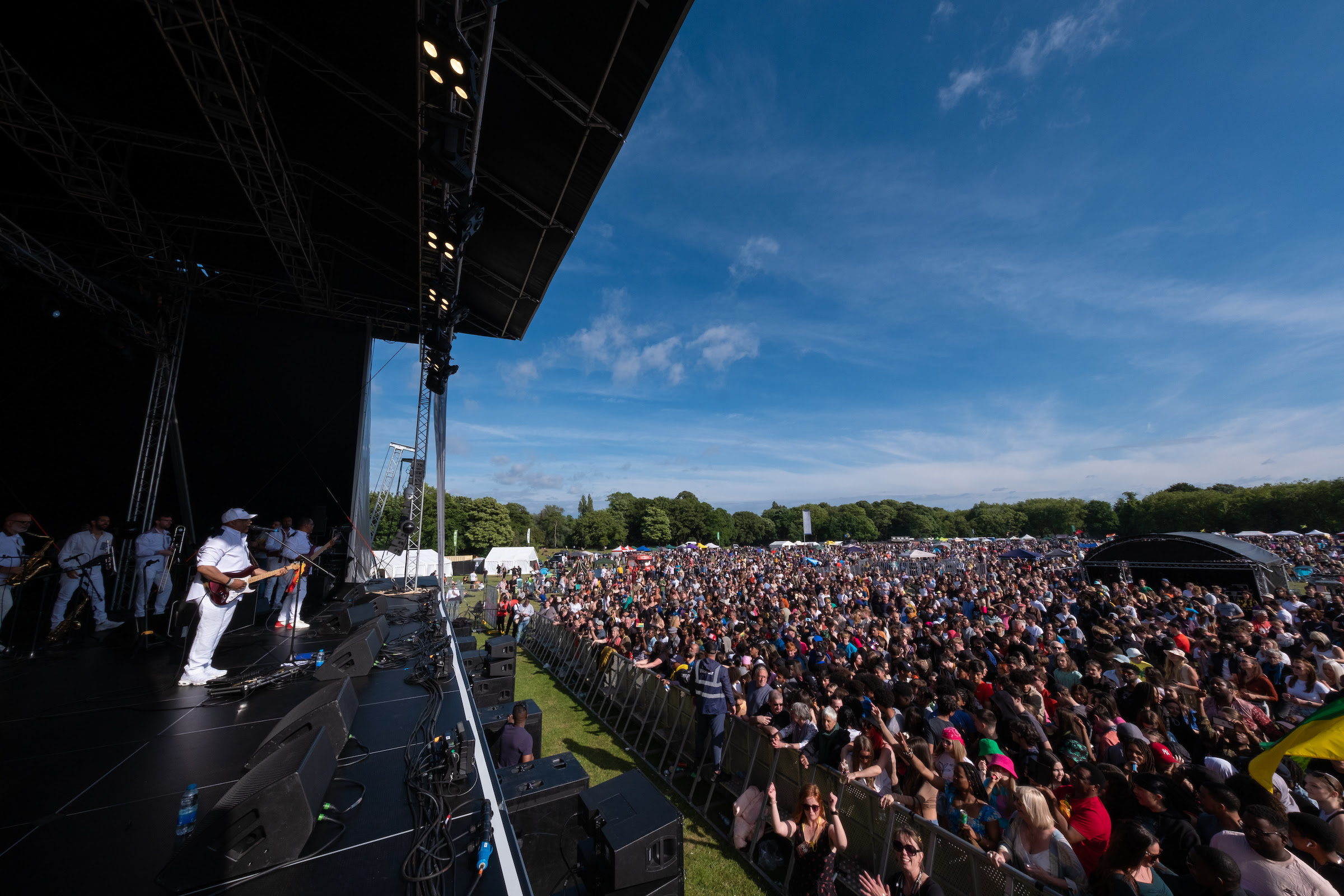
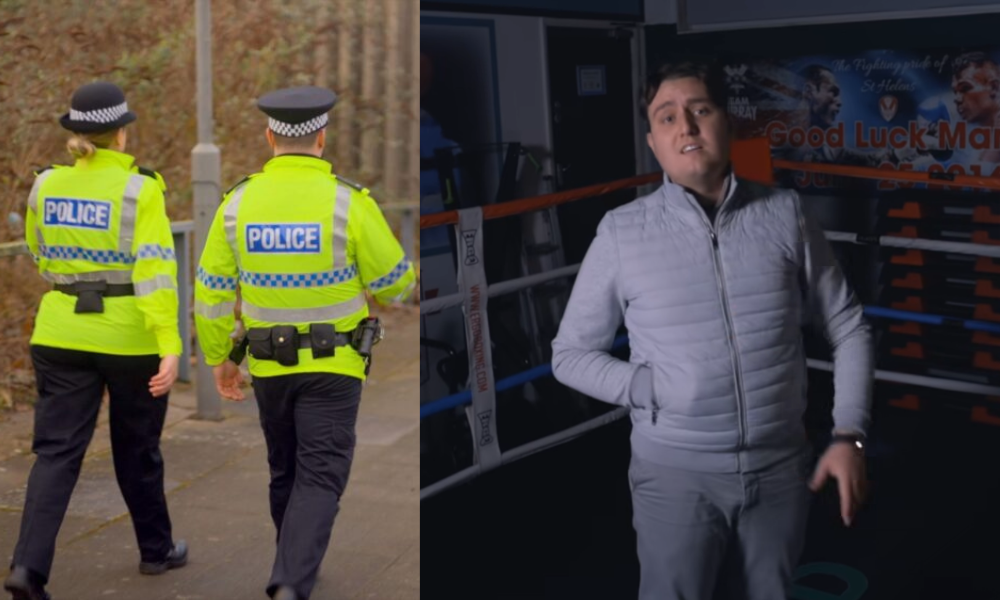

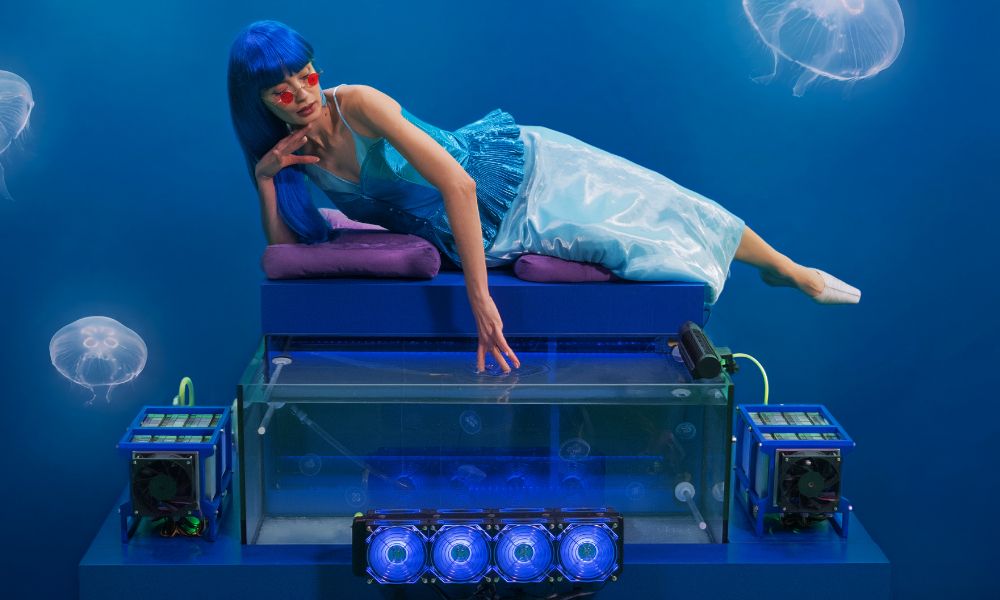
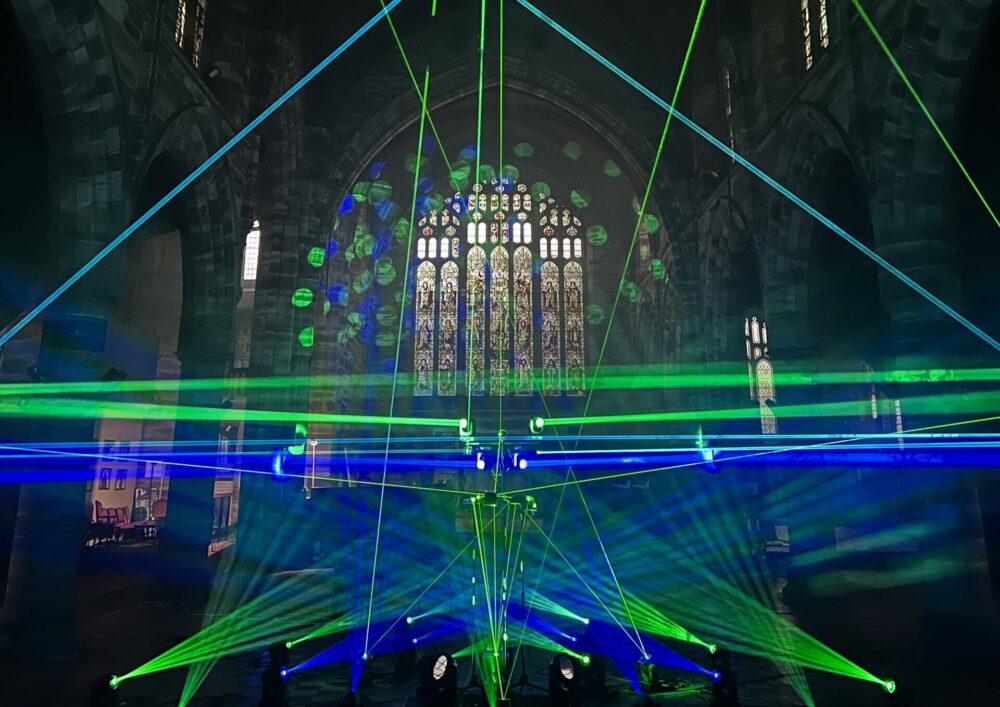
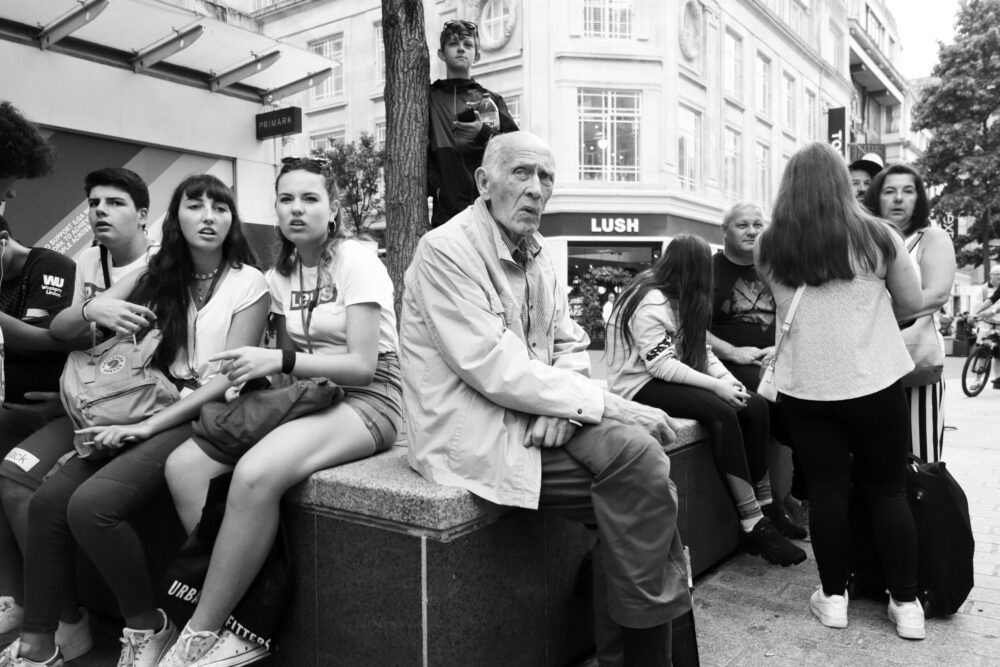
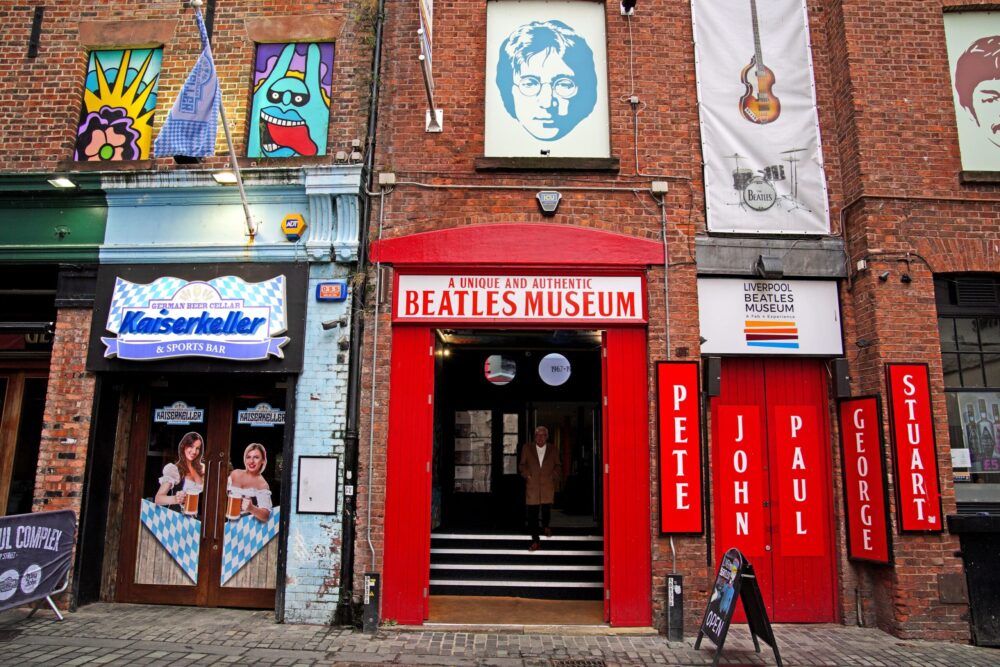
 Subscribe
Subscribe Follow Us
Follow Us Follow Us
Follow Us Follow Us
Follow Us Follow Us
Follow Us Follow Us
Follow Us











